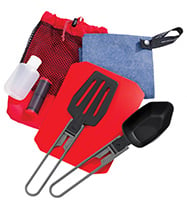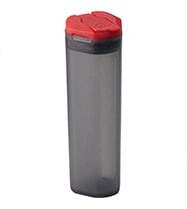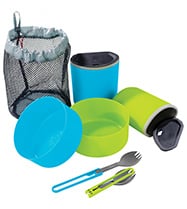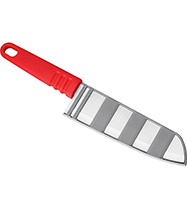Building Your Backcountry Kitchen, Part 2: The Essential Ingredients
I grew up in a family that embraced the convenience of freeze-dried meals and deviled ham when it came to camping trips. It wasn’t until a college spring break trip to Baja’s Bahia Concepción that I discovered it’s possible to actually, you know, cook while camping. We’d procured some scallops from the bay. My friend Caroline, an avid cook, sautéed them with garlic and chili flakes, adding a splash of her beer and a squeeze of lime to finish. I was gobsmacked—left to my own devices, I’d been subsisting on canned frijoles refritos and tortillas. That pivotal moment not only inspired me to go to culinary school, it redefined what I thought of as camping fare. Today, there are certain ingredients that are staples in my home and backcountry kitchen. In a previous post, I addressed how to curate a camp kitchen. Here, I’ll tell you how to stock it.
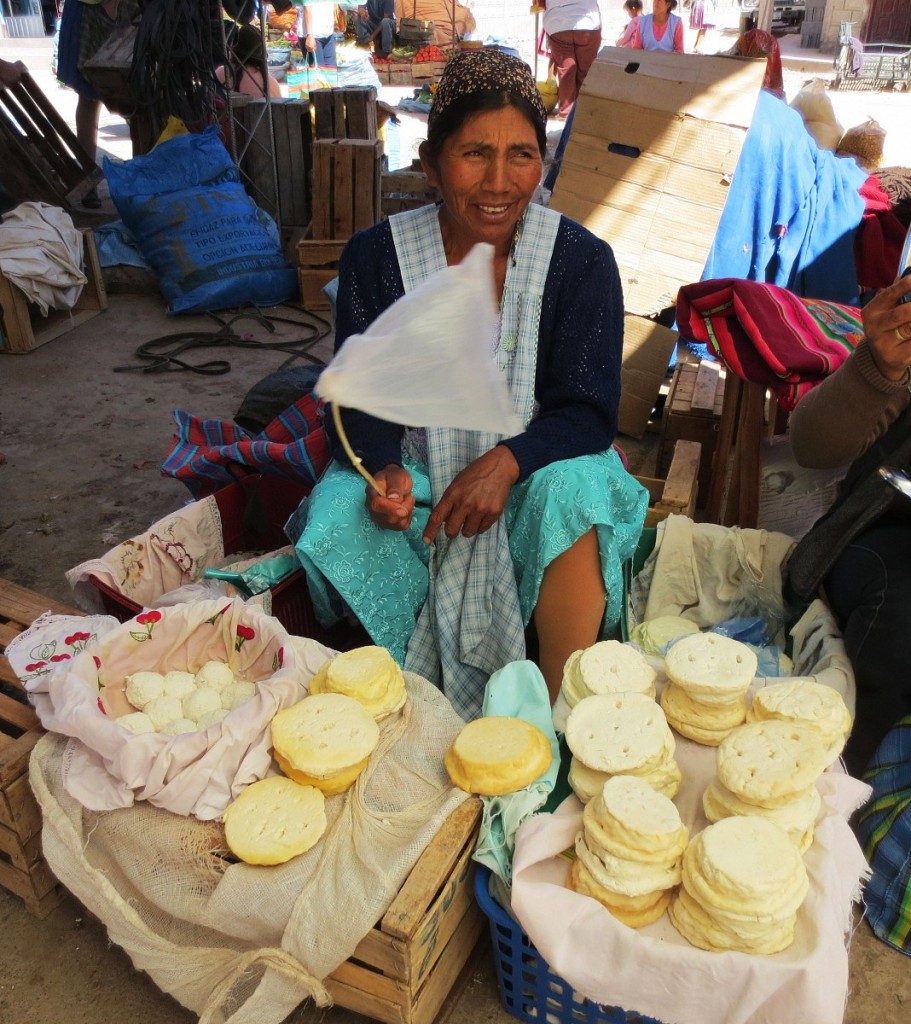
Tip: I love trying regional foods, and when I’m traveling domestically or abroad I explore markets for staples like spices, cheese, bread, olives, dried or fresh fruit—anything that adds to my portable pantry. Here’s to a summer season free of freeze-dried.
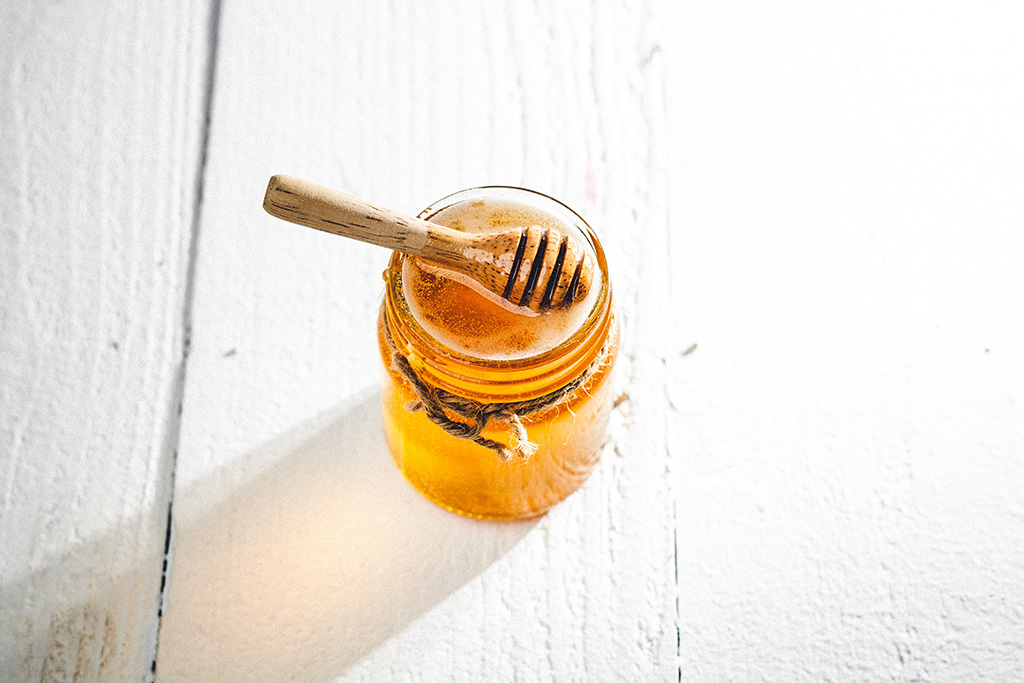
6 Essentials for the Backcountry Kitchen
1. Kosher Salt
Minus the iodine and other additives, with larger, flat grains that are easy to pinch between fingertips cold or sore from a day of Nordic pursuits or climbing. MSR makes great moisture-resistant, BPA-free salt and pepper and spice shakers.
2. Honey
Or, if you want to avoid the potential mess or bulk, opt for un- or partially refined brown sugars made from cane, like muscovado or demerara to sweeten coffee or oatmeal, or balance the salt in stir-fries. Generic “brown sugar” is just refined white sugar colored with molasses. When I bring honey, I look for small sample jars of the kind you find at hotels; I also hoard these small containers for re-use on trips.
3. Chile Powder or Harissa
A hit of heat—assuming you like spicy foods—improves any dish. I purchase New Mexican chile powder every time I visit the state; smoked paprika, cayenne, and chile flakes are also great to have on hand. Another option is to purchase a tube of harissa, a fiery Moroccan/Tunisian red pepper paste. Stir it into salad dressings, soup or stew to add complexity.
4. Oil (an oil that does double-duty for cooking and dressing salads)
You’ll need an oil with a high smoke point (the temperature at which it physically begins to smoke; to sauté or stir fry, oils like canola, grapeseed and peanut have high smoke points). Since you want something that’s monounsaturated (at least partially), with pleasing flavor as well as the ability to tolerate high heat, I suggest avocado, macadamia, or rice bran oils. An inexpensive extra-virgin olive oil, which has a lower smoke point, is also fine for camp cookery since you presumably won’t be doing anything elaborate like frying chicken. Just be aware that oils have a shelf life of six months before they go rancid. Pack in just the amount you need, and be sure to store in a cool, dark place. Don’t keep oil long-term in plastic, as it will absorb off-flavors and aromas, but temporary storage in a squeeze bottle of the kind found in MSR’s Ultralight Kitchen Set is ideal.
5. Nut Butter
The kind doesn’t matter; this nutritional powerhouse is a lifesaver on the trail—it’s not just for snacks and sandwiches. I stir it into my morning oatmeal for extra protein and add a spoonful to Asian-inspired noodle dishes, stir-fries and no-bake granola bars that can be made in camp (note that a bit of at-home prep will yield a gooier bar).
6. Bouillon Cubes
One of the most convenient ways to make a meal taste better. On a related note, I try to avoid planning meals that require unnecessary bulky canned goods, but stores like Whole Foods and ethnic markets do sell items like small cans of coconut milk and curry paste, as well as shelf-stable tofu. On the first night out, it’s always nice to bust out these heavier/crushable items and prepare a special meal. Think stir-fry, curry or soup.
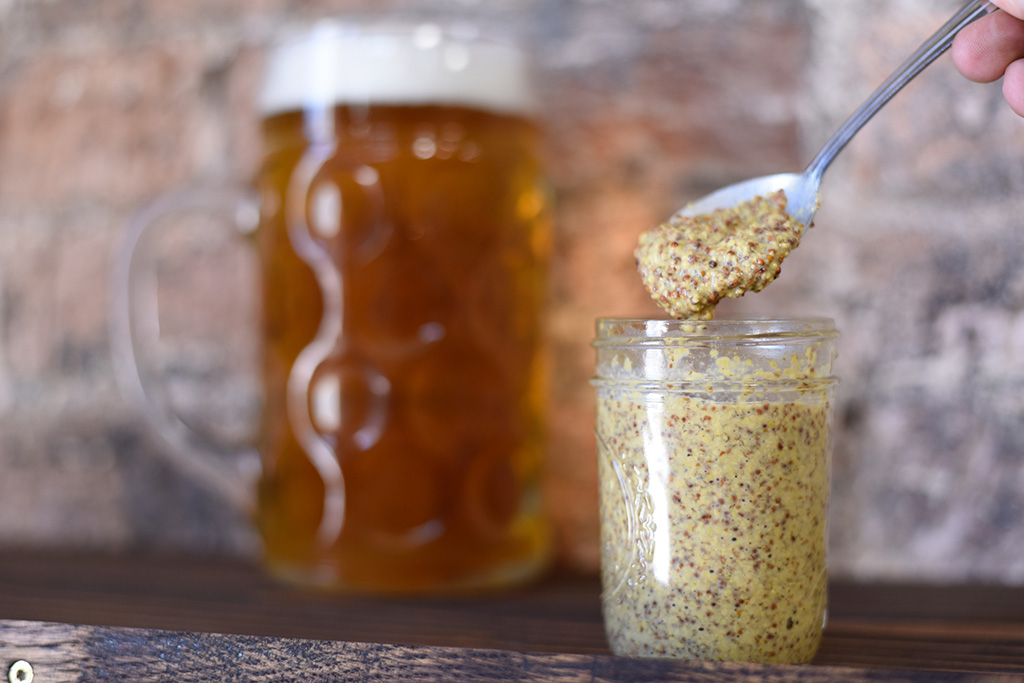
5 things that aren’t essential but will improve any dish:
1. Nut Oils
Although they’re not good for cooking due to their low smoke point, oils from walnut or hazelnut add a delicate, toasty flavor and aroma to green and grain-based salads, and potato and vegetable dishes. Think boiled or fire-roasted new potatoes sautéed with garlic and thyme, drizzled with walnut oil. If you’re feeling really fancy and know what you’re doing, add some foraged wild chanterelles, morels or boletus mushrooms in there.
2. Unusual Vinegars
A dash of acidity improves any dish, whether it’s in the form of wine, citrus juice or vinegar. I love bold, complex varieties like Sherry or fig, but Champagne vinegar or apple cider vinegar are endlessly versatile. You get what you pay for, so spend a couple of extra bucks and you’ll reap the flavor rewards while skipping the caramel coloring or other additives.
3. Preserved Garlic
DIY by cooking up a mess of minced garlic, pouring extra virgin olive oil to cover, and keeping it in a tightly sealed jar. Or you can just buy some at the store; it’s not going to compare to fresh garlic, but if you’re on a long trip or cooking for a large group of people, it’s infinitely easier.
4. Bacon
Cured pork belly, aka bacon, is a backcountry staple. Crumble it on oatmeal, eggs, salads, vegetables, potatoes, or pasta, or make a kick-ass campfire appetizer by wrapping pears in it. Grill until bacon is crisp and pears are caramelized. Drink with a good whiskey.
5. Dijon Mustard
Perhaps the most versatile of condiments. It keeps well without refrigeration on a short trip, and adds depth to vinaigrettes, grain dishes, stews, sauces, spreads, or anything else that needs punching up.
Related Posts:
- Building Your Backcountry Kitchen Part 1: Kitchen Basics
- MSR Backcountry Cafe: Summer Desserts
- Backpacking Food Ideas: Ingredients to Get at the Store
About the Author
Laurel Miller is a Colorado-based food and travel writer and cheese consultant, the co-author of Cheese for Dummies, and a contributing editor at culture: the word on cheese. She still enjoys the nostalgia of eating canned frijoles and tortillas when camping on the beach.
Updated. Originally Published April 28, 2014.

